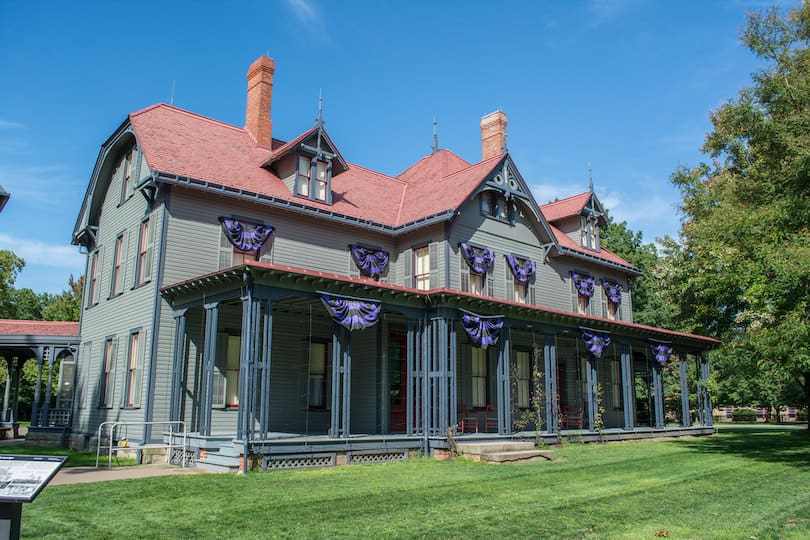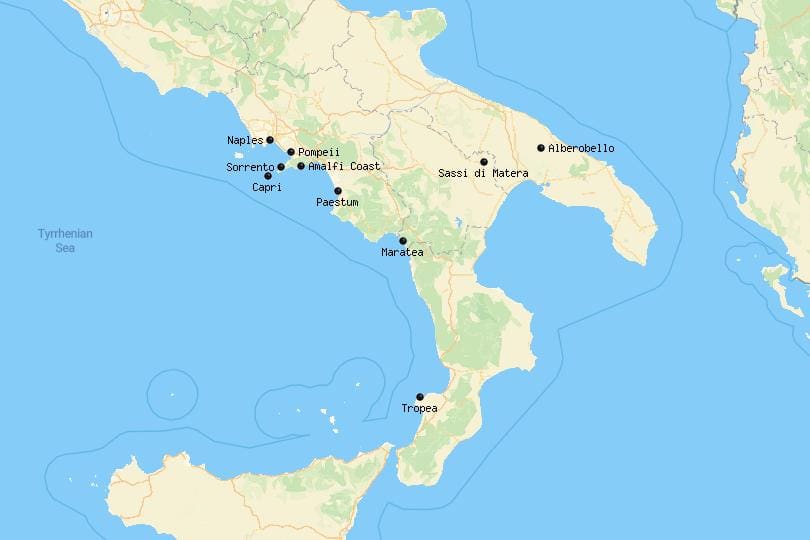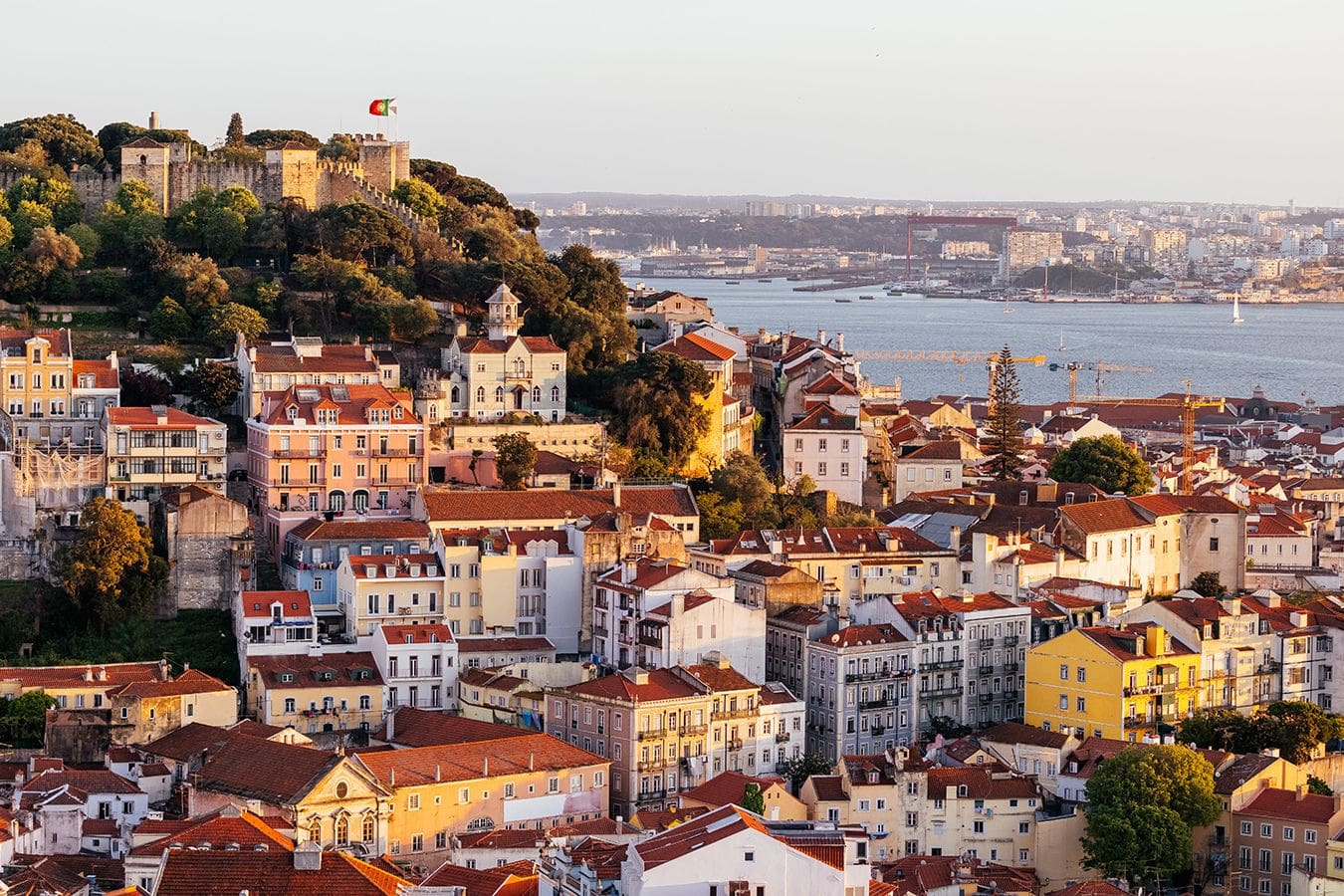If you are planning to visit Crete, then the Knossos Palace is a must-visit destination. It is considered the largest Bronze Age archaeological site on Crete, and one of the most significant monuments of ancient Greek civilization. In this article, we will explore the history, architecture, and the Unravel the Secrets of Knossos Palace in Crete.
History of Knossos Palace
Knossos Palace is believed to have been built around 1900 BC, and it was the center of the Minoan civilization. The palace was destroyed by an earthquake in 1700 BC and was rebuilt with more significant structures. In 1400 BC, Knossos Palace was destroyed by fire, which marked the end of the Minoan civilization. It is believed that the palace was abandoned for centuries after its destruction until it was rediscovered in the early 20th century.
The Architecture of Knossos Palace
The Knossos Palace was built using the ashlar masonry technique, which involved the use of large, rectangular stones fitted together without mortar. The palace was divided into four wings, each with multiple levels, courtyards, and storage rooms. The throne room was the central point of the palace, and it was adorned with frescoes and intricate carvings.
The Secrets of Knossos Palace
The Knossos Palace holds many secrets that historians and archaeologists are still trying to unravel. Some of the mysteries include the purpose of the underground rooms, the meaning of the murals, and the significance of the horns of consecration. One of the most intriguing mysteries is the Labyrinth, a complex maze said to have been built by Daedalus to hold the Minotaur.
Excavations and Discoveries at Knossos Palace
The excavation of Knossos Palace began in 1900 by Sir Arthur Evans, a British archaeologist. His team discovered numerous artifacts and structures, including the Throne Room, the Hall of the Double Axes, and the Queen’s Apartment. The excavation also revealed a sophisticated water management system, paved roads, and an elaborate drainage system.
The Mythology of Knossos Palace
Knossos Palace features prominently in Greek mythology. According to legend, the palace was the home of King Minos, who asked the god Poseidon for a white bull to sacrifice to the gods. However, King Minos kept the bull and in revenge, Poseidon made King Minos’ wife fall in love with the bull. Their offspring was the Minotaur, a creature with the body of a man and the head of a bull. The Labyrinth was built to hold the Minotaur.
Visiting Knossos Palace
Knossos Palace is located just outside the city of Heraklion on the island of Crete. Visitors can reach the palace by car or public transportation. The palace is open to visitors all year round, but the opening hours vary depending on the season. Visitors can purchase tickets on-site or online.
Things to Do in Knossos Palace
Visitors to Knossos Palace can take a guided tour or explore the palace on their own. The guided tour provides a comprehensive understanding of the palace’s history, architecture, and mythology. The tour also includes a visit to the museum, which houses many of the artifacts discovered at the site. Visitors can also walk around the palace’s ruins and admire the intricate details of the frescoes and carvings.
Best Time to Visit Knossos Palace
The best time to visit Knossos Palace is during the shoulder season, which is from April to May and September to October. During this time, the weather is pleasant, and the crowds are smaller. However, if you prefer warmer weather, then June to August is the high season. But be prepared for larger crowds and higher prices.
Conclusion
Knossos Palace is a must-visit destination for anyone interested in history, architecture, and mythology. The palace’s history is fascinating, and its architecture is awe-inspiring. The palace’s mythology is also intriguing, and the secrets it holds are still being uncovered by archaeologists and historians. Visiting Knossos Palace is an experience you will not forget, and it will leave you with a newfound appreciation for ancient Greek civilization.
FAQs
- Is Knossos Palace open all year round?
- Yes, Knossos Palace is open to visitors all year round, but the opening hours vary depending on the season.
- Can visitors explore Knossos Palace on their own?
- Yes, visitors can explore Knossos Palace on their own, but taking a guided tour provides a better understanding of the palace’s history and architecture.
- What is the best time to visit Knossos Palace?
- The best time to visit Knossos Palace is during the shoulder season, which is from April to May and September to October.
- Is there an entrance fee for Knossos Palace?
- Yes, there is an entrance fee for Knossos Palace, and visitors can purchase tickets on-site or online.
- What is the mythology behind Knossos Palace?
- According to legend, Knossos Palace was the home of King Minos, who kept a white bull instead of sacrificing it to the gods. In revenge, Poseidon made King Minos’ wife fall in love with the bull, and their offspring was the Minotaur. The Labyrinth was built to hold the Minotaur.












